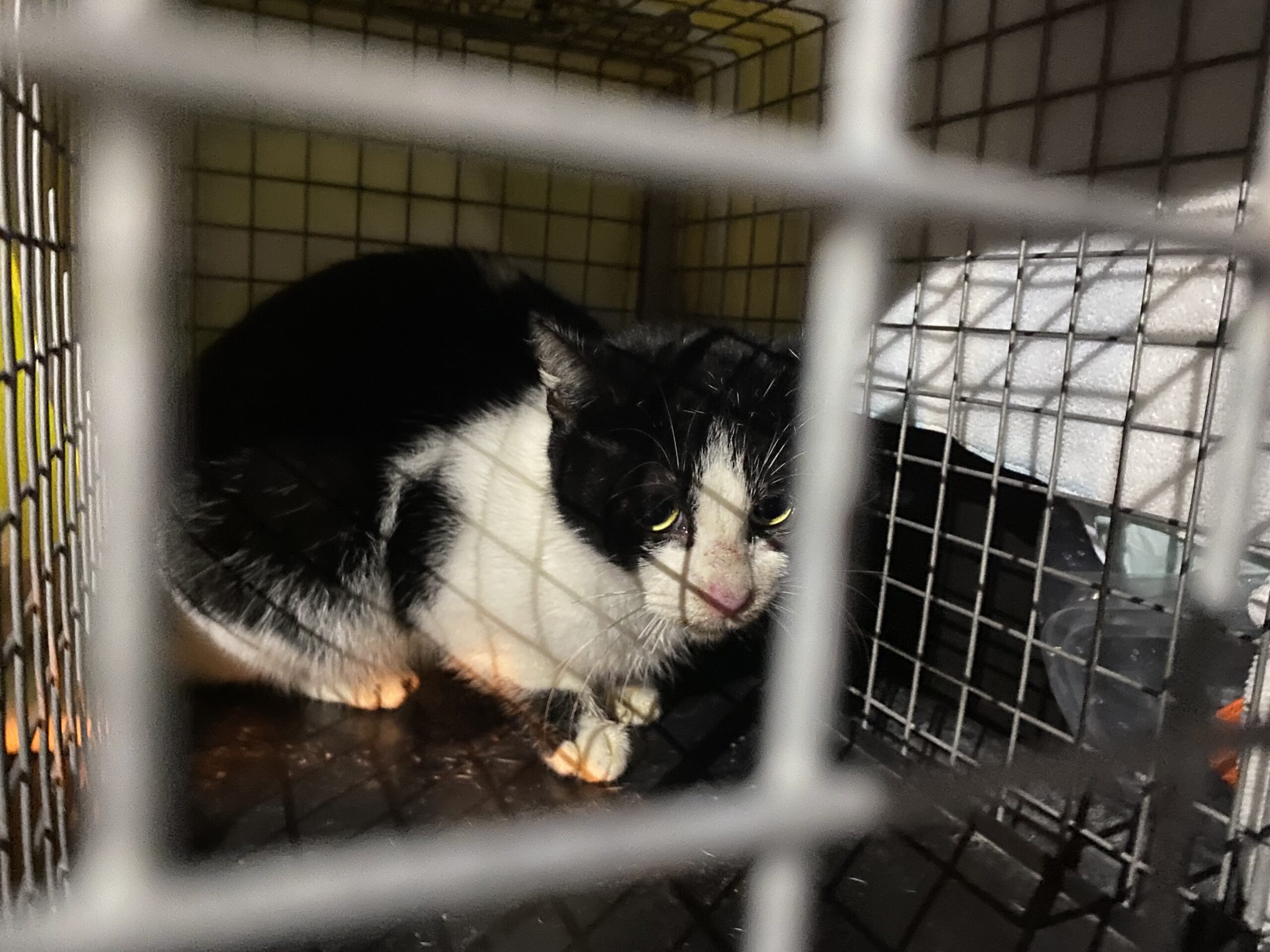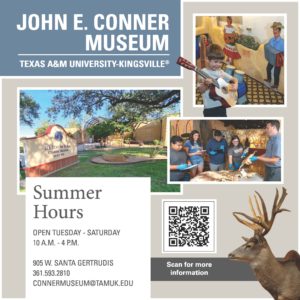Extending a helping paw
First in a series
The overpopulation of cats has been a problem on campus and cannot be ignored. The Veterinary Technology Program of Texas A&M University- Kingsville (TAMUK) collaborated with the Edgar and Ivy Sanctuary in Corpus Christi, to create a targeted solution to end the rapid reproduction of cats on campus.
This program began at Texas A&M University-Corpus Christi and has expanded across the Coastal Bend. Within the program, certified trappers and veterinarians will perform TNRs (Trap-Neuter-Return) on cats. Not only will cats get spayed/neutered, but they will also receive a rabies vaccine and treatment for internal and external parasites as well as additional medical conditions.
Once the cats are done with their treatment, they are released back into the same spot because these cats have formed colonies on campus. On the first day, eight cats were trapped and on the second day, three additional cats were on their way to a healthier lifestyle.
As of January, 11 cats have been treated and released back to campus. Anissa Beal is the Director of Edgar and Ivy’s Cat Sanctuary, and she has been helping other surrounding areas improve their overpopulation problem.
“It has been shown scientifically, to greatly reduce the birth rate. So, on the Island after they started TNR, the number of kittens being born dropped by 84 percent,” Beal said. “So now they have about 35 cats instead of hundreds.” Javelina Nation has grown a deep connection to the campus cats and have named a few of the cats themselves, such as Milkshake the Tuxedo cat that hangs around Manning Hall.
Many students have shared their perspectives on TAMUK’s initiative to ensure the safety and well-being of not only the cats, but the students. Tamara Agueros is in her third year of being a part of the Veterinarian Technology Program and she takes part in viewing the process of TNR. “Feral cats aren’t good for the community,” Agueros said.
“It is not only making them emotionally feel better but also physically making them better so they can live longer and better lives.” Students who are interested in becoming a part of this process can join the Cat Club at TAMUK. The Cat Club allows students to come together to help fundraise, feed and learn about cats.
Students are encouraged to report any sightings of injured or sick campus cats to this club. Dr. Cariann Galloway is the Director of the Veterinarian Technology Program and oversees the Cat Club. “We will be putting signs up and sending out emails periodically about what we are doing,” Dr. Galloway said.
“A pocket of students cares about the cats so it will also be them spreading the word.” This program will not only benefit the cats, but it will also benefit the campus. Students and staff walk past these cats every day, and many stop to say hi and pet them.
To ensure this process works as efficiently as possible, it is best if humans avoid feeding cats around the areas in which the traps are located. TAMUK students, faculty and staff can refer to their emails for more information regarding the areas that house the traps.
By keeping these cats healthy and safe, the campus will maintain its unique culture, identity and relationship that it has built with the adorable cat community that calls Texas A&M University-Kingsville home

